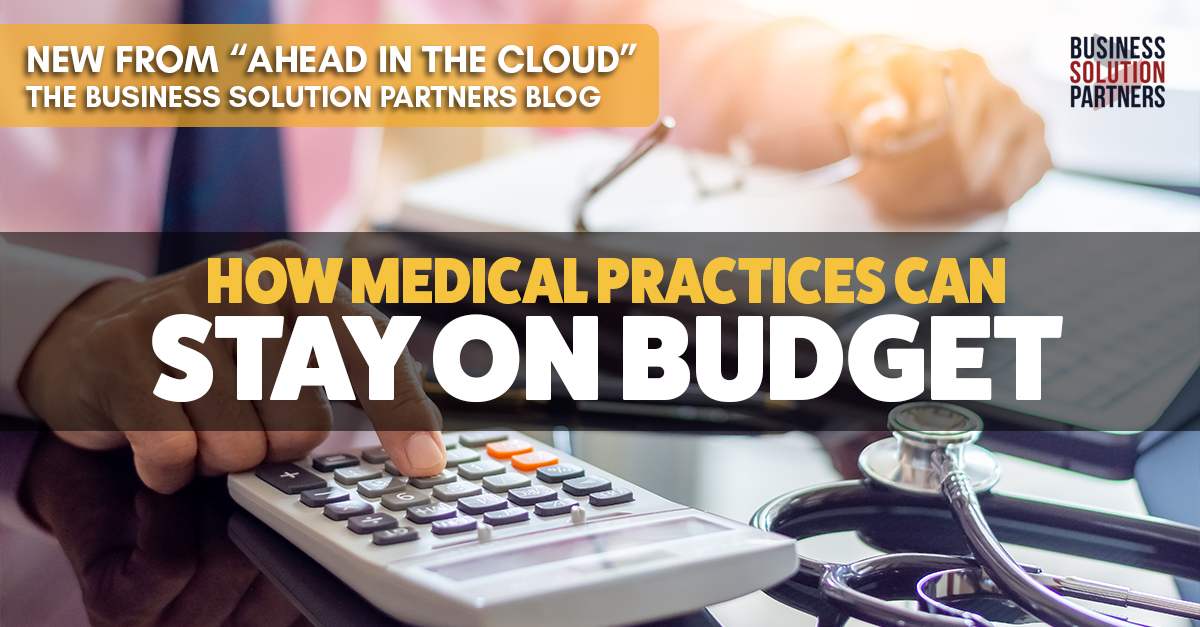3 Keys To A Successful Omnichannel Distribution System
Today’s consumers want the ability to buy products from anywhere and at any time. As a result, businesses will struggle to compete if they’re not...
2 min read
![]() Business Solution Partners
:
Feb 1, 2018 4:16:00 PM
Business Solution Partners
:
Feb 1, 2018 4:16:00 PM

If the solution isn’t used properly, it’s probably not adding much value to the business. Distributors should take steps to ensure that their investment doesn’t go to waste. With that in mind, here are seven tips to increase user adoption of your ERP distribution software.
Training is critical for user adoption. You can’t expect people to embrace a tool that they don’t understand how to use. A meaningful training program starts with educating all users on the business process flows in their area, but that’s where training programs often fall short. Workers usually only receive training for their job. As a result, they don’t know where they fit into the entire business process or how their actions affect the rest of the company. They’re more likely to adopt the system if they can see what their role is in the big picture.
Order entry staff, for example, should know how quotes are created, how the information in the quote becomes an order and what happens to the order once it’s entered. While they don’t need to know everyone’s job, they should have an overview of the process flow and how their actions spill over into other business areas. At the functionality level, however, only train employees on what they need to know to do their job. Don’t teach them how to do tasks that they won’t ever be asked to achieve.
When users know that management is behind a system, they’re more likely to use it. If management doesn’t really care or is negative about the system, user adoption rates are likely to be low.
You want employees to buy in to the idea beforehand. Users should believe the system is going to benefit them. Most people don’t like change, so you must show users that the effort to change is going to be worthwhile. If they see the benefits that the system is going to provide, they’ll be more likely to embrace change.
It should be intuitive. Know where bottlenecks are and resolve those issues before the rollout. If there are kinks in the system initially, employees will use that as an excuse to avoid using the technology.
Users shouldn’t be wondering what they’re supposed to do. If they know what they’re responsible for, they’ll be more likely to use the ERP distribution software to complete their assigned tasks.
Nothing kills user adoption more than unreliable data. If employees feel they can’t trust the system, they won’t use it. There are often problems in data migration, or there aren’t enough controls on data during the transition. Make sure what’s going into the new system reflects reality.
User adoption is contingent upon not only providing support as the system goes live, but also ongoing support services. Training and support need to be a continuous process as opposed to a one-time event. Without assistance, users will likely struggle to accomplish necessary tasks or resolve problems. Consequently, they’ll abandon the system and find other ways to get their job done.
ERP distribution software can help distributors to operate more efficiently and productively. But the software’s usefulness is contingent upon employees actually adopting the technology. User adoption starts with teaching employees how to get the most out of the system, and then providing training and support services until it becomes second nature.
Do you need support to implement your ERP, train teams, increase user adoption and buy-in and develop an overall better approach to your core business software systems?
Today’s consumers want the ability to buy products from anywhere and at any time. As a result, businesses will struggle to compete if they’re not...

Every generation eventually has to pass the torch to a younger workforce with new ideas. Within the next 10 years, Americans who are today between...

Are you finding it increasingly difficult for your growing Medical Practice to stay on budget? Finance leaders should be aware of these Critical...